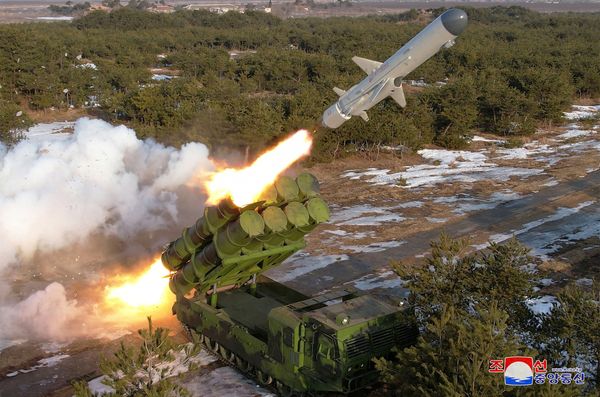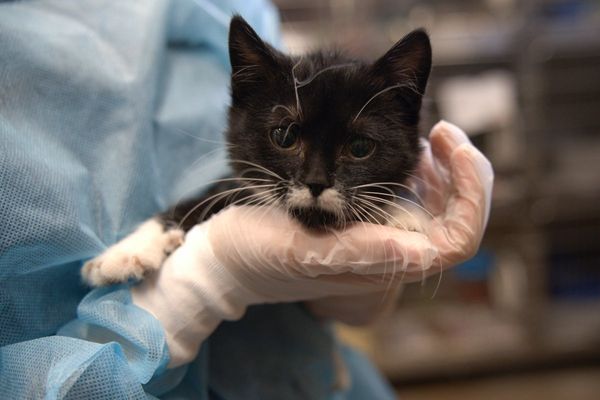Gasoline prices have fallen for 12 consecutive weeks as crude oil prices remain extremely volatile due to Russia's threats to stop oil and gas exports to Europe.
Crude oil prices rose slightly on Sept. 9 by 3.7% to $86.66 a barrel for WTI, the U.S. benchmark price as the broader stock market rebounded after a three-week losing streak.
Gasoline prices declined by 26% and continue to drift lower with the national average at $3.716 a gallon. They are expected to fall to $3.699 this weekend, said Patrick De Haan, head of petroleum analysis for GasBuddy, a Boston-based provider of retail fuel pricing information and data.
“For now, price movements will be contingent on where you are, with California seeing some minor increases, while the Great Lakes could see an upward move as BP’s refinery outage has had an impact on supplies," he said. "In the Gulf and Rockies, prices may continue to fall."
The most common price is $3.39 a gallon across the U.S. with the bottom 10% of stations averaging just $3.02 a gallon. Gasoline prices have plummeted since peaking at $5.03 on June 14.
There are now three cities selling gasoline for under $3 a gallon.
$2.99 Gasoline Is Possible
Further declines are expected across the U.S., but Texas, Arkansas, Mississippi, Louisiana, and Oklahoma could be the first states to sell gasoline for an average of $2.99 a gallon within two weeks, De Haan said.
The 12-week decline of gasoline prices is the longest record since 2018 and more declines could occur, although OPEC's decision to cut production slightly could pose a challenge, he said.
OPEC and OPEC+, two energy alliances, said on Sept. 5 that production would be lowered by 100,000 barrels per day in October. The decision was a surprise to energy analysts who had expected the groups would maintain its current production levels.
In August, OPEC+ had decided to increase the output of oil by 100,000 barrels per day.
OPEC+ said in a statement that its decision to reverse its strategy and head back to August levels of production was because the change has been “intended only for the month of September.” The next OPEC+ meeting is scheduled for Oct. 5.
Crude oil prices dropped significantly since June because of concerns that the Federal Reserve would hike interest rate several more times in 2022 and China's continued restrictions due to covid would stymie economic activity and lower demand.
Consumers have faced higher energy, housing, and food costs since last year as inflation rates are still high. The only major reprieve has been the massive drop in gasoline prices.
The decline in gas prices was caused by an uptick in domestic oil production and an expansion of refining capacity in the U.S., Bernard (Bud) Weinstein, a retired energy economist at Southern Methodist University, told TheStreet.
The sluggish economy in China due to lockdowns, the world's second-largest consumer of fossil fuels, along with the onset of a recession in several countries in Europe has "depressed the demand for oil and petroleum products and pushed down the price of crude oil by $30 per barrel since June," Weinstein said.
Watch For Hurricanes
Peak hurricane season started at the end of August. The National Hurricane Center said on Sept. 2 that Danielle became the first Atlantic hurricane of the season. Major hurricanes could shut down offshore oil production and refiners along the Gulf Coast.
Colorado State University researchers predict an active hurricane season and estimate 18 named storms, eight hurricanes, and four major hurricanes that are Category 3 or higher this year.
"In addition, there are several disturbances in the Atlantic to keep an eye on, but we do switch back to cheaper winter gasoline in just over a week which should provide some additional relief,” De Haan said.
The focus is on Hurricane Earl, which is expected to impact the East Coast, Bermuda, and portions of Nova Scotia and Newfoundland throughout the weekend. By Saturday, the National Hurricane Center expects to downgrade Earl to powerful post-tropical cyclone, but rip currents are a concern.
Demand Rises
U.S. retail gasoline demand increased last week (Sunday to Saturday) by 2.5%, according to GasBuddy demand data driven by its Pay with GasBuddy card.
U.S. oil inventories fell by 3.3 million barrels last week, which is seven million barrels below a year ago and about 6% below the five year average for this time of year, according to the Energy Information Administration.
Domestic crude oil production increased by 100,000 barrels per day to 12.1 million, which is about 600,000 barrels higher than 2021.
Gasoline inventories declined by 1.2 million barrels and have fallen by 1.2 million from a year ago, and 7% below the five year average for this time of year.
Implied gasoline demand, which is the EIA’s proxy for retail gasoline demand, increased by 157,000 barrels per day to 8.59 million barrels although year-to-date gasoline demand was 1.2% below last year.







